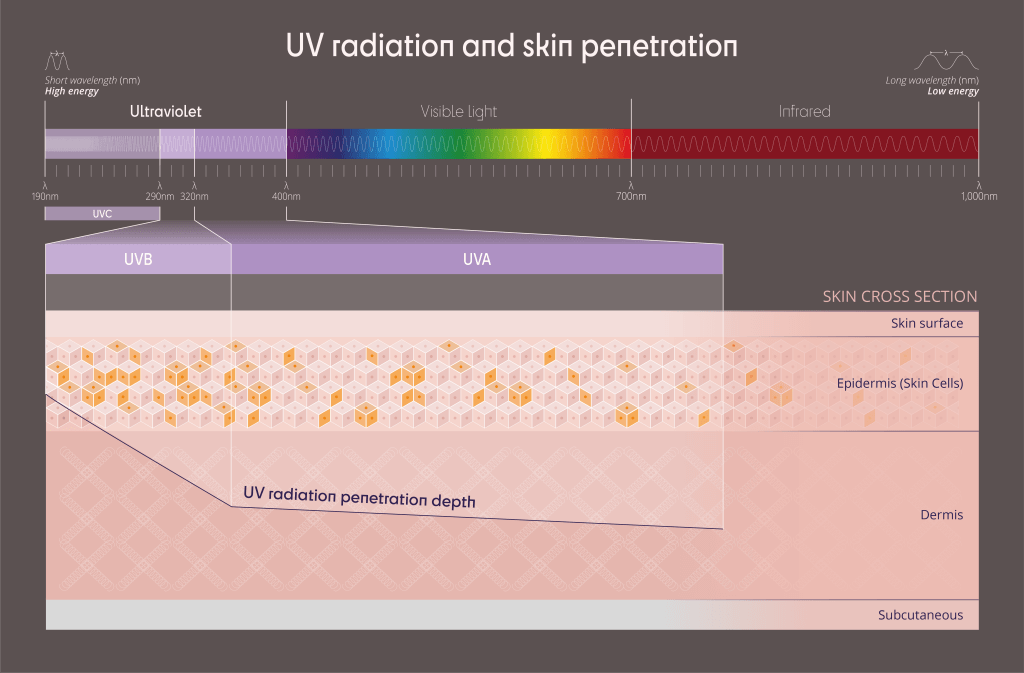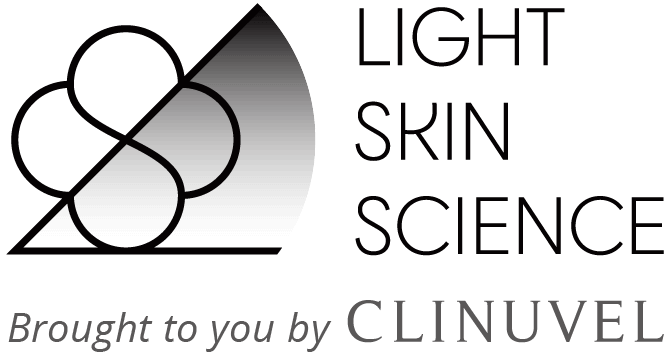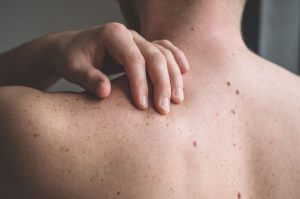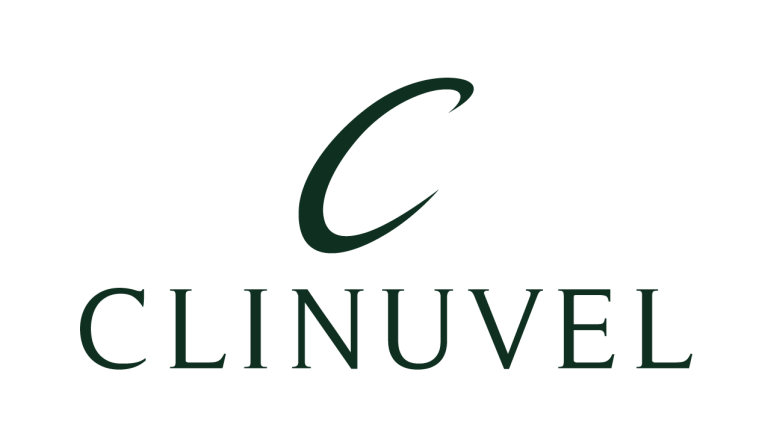UV radiation is invisible. Although we can’t see it with our eyes alone, it is all around us. UV radiation is released from the sun and some of it passes into our atmosphere. It is a combination of the shortest but most powerful (or energetic) waves that make up the solar radiation spectrum.
Because of its high reactivity, UV radiation can interact freely with our unprotected skin.
UV radiation is made up of three individual waves: UVC, UVB and UVA. Whilst the atmosphere absorbs all of the sun’s UVC rays before it reaches the Earth’s surface, UVB and UVA waves still filter through. These waves have slightly different impacts on the human body.
Small doses of UV radiation are beneficial for our health. However, in excess, it is very harmful, particularly to our skin, eyes, and immune system.

UV Radiation in Detail
It’s important to remember that the shorter the wavelength, the more energetic it will be. If a wave is very energetic, it will readily react with whatever it comes into contact with – even our skin.
Ultraviolet C (UVC)

Energy (or frequency): HIGH
Wavelength size: 190 to 290nm, VERY SHORT
Penetration Depth in the Skin: N/A
Solar UVC radiation is entirely absorbed by Earth’s atmosphere, meaning that none of it comes close to interacting with our skin. Emitted from the sun, it reacts with the oxygen around our planet, helping to form our ozone layer. UVC is so potent, that it is sometimes used as a disinfectant in lieu of bleach. It is also used to treat drinking water and purify air, by ridding it of airborne pathogens and microorganisms like mould, bacteria, and viruses.
Ultraviolet B (UVB)

Energy (or frequency): MEDIUM to HIGH
Wavelength size: 290-320nm, SHORT
Penetration Depth in the Skin: Epidermis
UVB radiation is slightly less energetic (and therefore less destructive) than UVC, but it is nonetheless a very dangerous form of energy emitted from the sun. Our ozone layer absorbs the majority of UVB rays, with an estimated 5% actually reaching the Earth’s surface. However, this is still enough to damage the top layers of our skin (the epidermis).
UVB radiation, when absorbed by our skin, helps with the production of vitamin D3, which offers many health benefits. It is known to help strengthen bones and muscles, boost immunity, aid cardiac function and boost moods.
However, over-exposure to UVB causes sunburn and DNA damage. Our skin has a natural ability to repair affected cells, but where the assault from UVB is prolonged and repeated, our body’s natural mechanisms become overwhelmed. This leaves us vulnerable to the development of skin cancer.
Ultraviolet A (UVA)

Energy (or frequency): MEDIUM
Wavelength: 320 to 400nm
Penetration Depth in the Skin: Epidermis / Dermis
UVA comprises the final component of the sun’s UV radiation. It is less energetic than UVB and UVC radiation, but it is no less harmful to our skin. UVA has longer wavelengths, which means that it can penetrate not only the surface of our skin, but into the deeper layers where our blood vessels, nerves and structural elements are found (the dermis). UVA exposure contributes to DNA damage that can cause skin cancer. UVA exposure also damages structural proteins in the skin such as collagen, contributing to premature ageing of the skin and hyperpigmentation.



